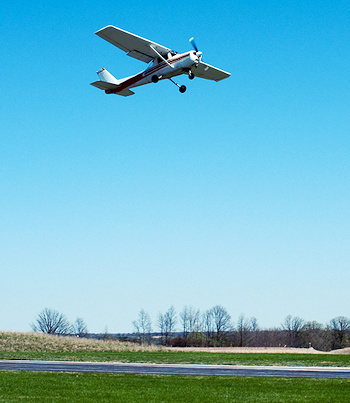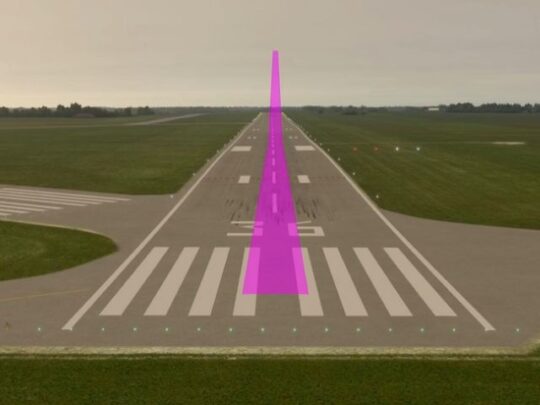Subscriber question:
"I bought my Cirrus SR22 a year ago and went through the factory training. Yesterday, I went around from the flare when I thought I saw an airplane about to enter the runway. It didn't—but I was shocked how much forward pressure and right rudder it took to keep control. I don't remember it being so hard in training. Any clue what happened there?" — Gary T.
Wally:
 “A go-around during the flare or a rejected landing can be a difficult maneuver. Slow airspeed and high power creates the greatest amount of left-turning tendencies. Further, adding the power causes a pitching up moment which if not corrected can cause the nose to rise quickly and the aircraft could stall. Both of these things need to be corrected promptly. This is why it is so important to include training on these maneuvers into initial and recurrent training. We want to know our skills are sharp in this area so we will never be reluctant to go around if necessary.
“A go-around during the flare or a rejected landing can be a difficult maneuver. Slow airspeed and high power creates the greatest amount of left-turning tendencies. Further, adding the power causes a pitching up moment which if not corrected can cause the nose to rise quickly and the aircraft could stall. Both of these things need to be corrected promptly. This is why it is so important to include training on these maneuvers into initial and recurrent training. We want to know our skills are sharp in this area so we will never be reluctant to go around if necessary.
First the pitch up. Since the airplane is normally trimmed for the proper approach speed and at low power, when we add full power the nose will pitch up significantly. We need to be prepared to counter this with forward elevator. If you add the power smoothly while watching the nose in relation to the horizon by looking out at the 10:30 to 11:00 position of the windscreen, you can keep that nose from climbing more than it should. Then you can begin to get the aircraft slowly back in trim. Follow your POH regarding clean up, but be careful not to move flaps or gear until you have good control of the aircraft and then only one thing at a time and re-trim between steps.
Some pilots trim nose up during the flare. Doing this will complicate the out-of-trim condition if a go-around is required.
Now for the left-turning problems. As you mention, these are at their worst at this time because of the high nose attitude. P-factor is at its greatest. So we need to anticipate a need for lots of right rudder as we are adding power. Again you will have to watch out the left side of the engine cowling and keep that cowling aligned with the left side of the runway. Another clue to proper rudder control is to check the ailerons. If you are holding a lot of right aileron, you need more right rudder.
When executing a rejected landing there is no reason to add the power quickly, usually just a little power and a slight pitch up will keep you in the air. So add the power positively but only at a rate that allows you to maintain control of the aircraft.”
What do you trim for during a normal landing in a light airplane?

